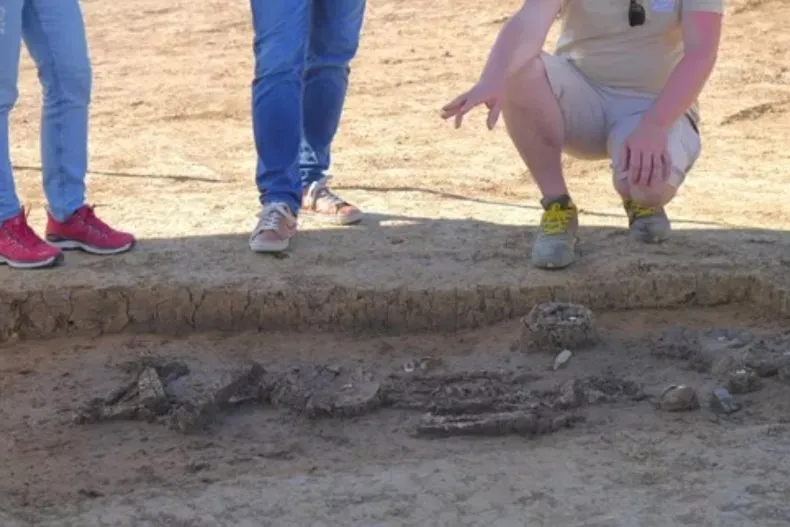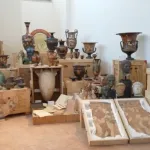
6,800-year-old skeletal remains have been unearthed in Germany, nearly millennia older than the region’s oldest known mummy, offering new insight into Neolithic life.
Archaeologists believe the skeleton belonged to an aged leader—something like an ancient mayor—a community that dated as far back as 4800 BCE, according to a statement from Florian Eibl, the district archaeologist leading the excavation.
The discovery has caused local archaeologists to rethink theories on when people settled and began cultivating the region—until now the so-called “Ötzi the Iceman,” who died in modern-day Bavaria some 5,300 years ago, was the oldest uncovered mummy.
“This sensational discovery shows us that there was fertile soil in the district 4,500 years ago. This discovery enables us to explore the past a little further,” district administrator Werner Bumeder said in a statement.
The Neolithic period lasted from approximately 10,000 BCE to 2,000 BCE and was a momentous chapter in human history, as nomadic hunter-gatherer societies adopted agriculture cultivation and animal domestication, allowing them to establish permanent settlements. Few skeletons from the period have survived to the present day.
“In Bavaria, there are fewer than 10 such body graves from this period,” Eibl said during a press conference according to local news outlet Passauer Neue Presse, and first quoted by Newsweek.
The grave contained artifacts such as containers for liquids, dyes (likely for body painting), and a stone axe. A small bag decorated with two halves of a boar’s tusk and containing fire-starting instruments indicated the individual’s high standing in the community. In a statement, archaeologists noted that such an elaborate burial—or any burial—was further evidence of that the person was once revered.
“[The bag] may have contained a colored stone as well as pyrite and flint as a lighter. The bag trim consisted of a split boar’s tusk—a badge of rank at that time,” Eibl added.
